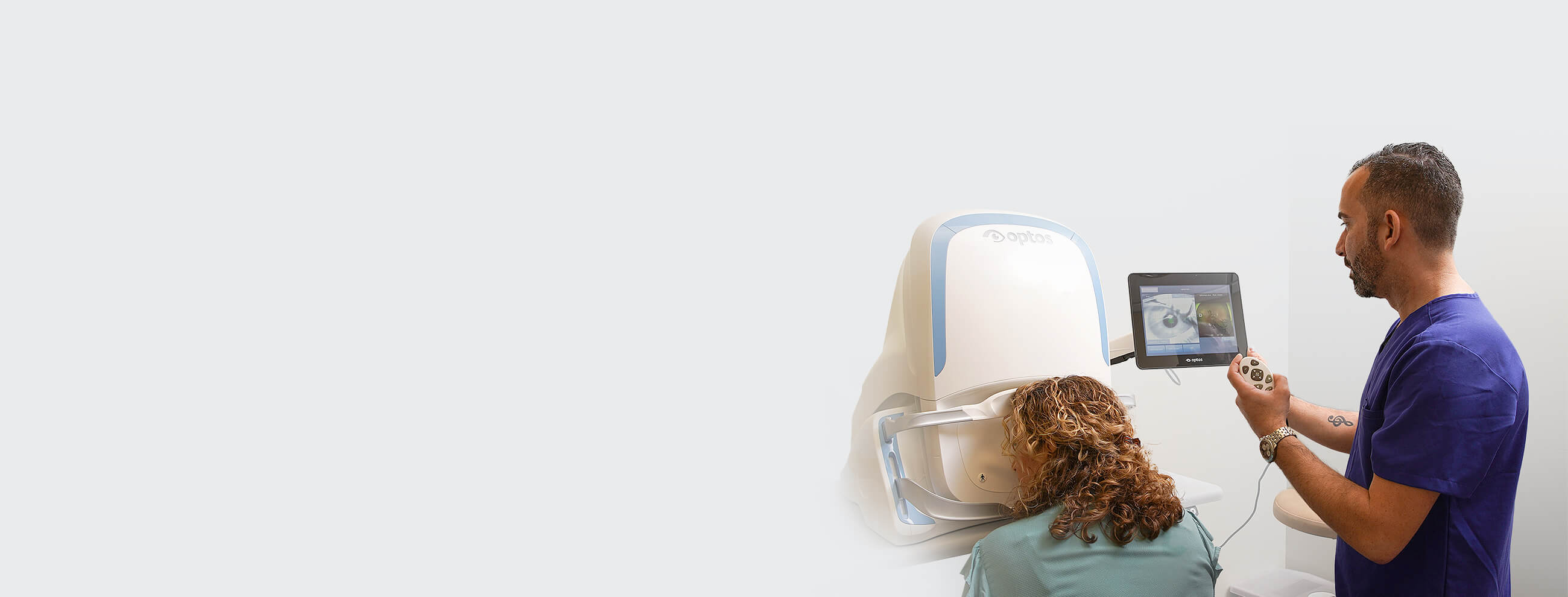Vitrectomy
Pars Plana Vitrectomy is a surgical procedure to remove the vitreous gel from the inner eye and allow access to the retina. It is performed for a variety of medical conditions. By removing the gel, we can eliminate traction between the gel and the retina; this traction is the causative factor for many abnormalities such as retinal tears and vitreomacular traction. We can also remove abnormalities present in the vitreous gel such as hemorrhage or retained lens fragments. We can then address any issues with the retinal tissues using small forceps, lasers, or cryotherapy. Vitrectomy is used for the following problems:
- Macular hole
- Macular pucker / Epiretinal membrane
- Vitreomacular traction (pulling of the vitreous on the central macula)
- Retinal detachment
- Diabetic retinopathy
- Vitreous hemorrhage
- Dense vitreous opacities
- Uveitis - used for diagnostic sampling
- Neovascularization
- Retained (cataract) lens fragment removal
- Foreign body removal
Vitrectomy is usually an outpatient procedure with the patient leaving the surgery center within a few hours of arrival. There is local or general anesthesia to help numb the eye and the patient lays flat on a comfortable surgical bed for the procedure. The surgeon uses a microscope above the eye for visualization during the procedure while the eye remains in a normal position.
During the vitrectomy procedure, small needle-like entry points are made into the white part of the eye (sclera) and the vitreous gel is carefully removed from the inside of the eye using a tiny tool called a vitrector (a small stick-like instrument with suction and a rapidly-moving internal blade). This is used to remove the vitreous without causing harm or traction on the other structures of the eye. Small instruments are used through the same entry sites, including light to help the surgeon see inside the eye and a variable-flow fluid line to allow the eye to remain fully formed throughout the surgery. Other instruments, including small forceps/tweezers, brushes, soft-tipped suction cannulas, and even microinjection instruments, can help the surgeon to work on top or under the retinal layers.
Laser or cryotherapy is used to help treat the retina (including to treat retinal tears or diabetic retinopathy). At the end of the surgery, the vitreous cavity is filled with either an air bubble, gas bubble (which can last several weeks or months depending on the need), or silicone oil; all of these can help protect the retina and allow proper healing. Usually, stitches or sutures are not needed as the entry sites are so small that they self-seal. The patient leaves the surgery center with a patch on the eye which is removed at the first postoperative appointment. All of our doctors are highly skilled at these procedures and keep the patient comfortable while accomplishing the needed surgical goal.

